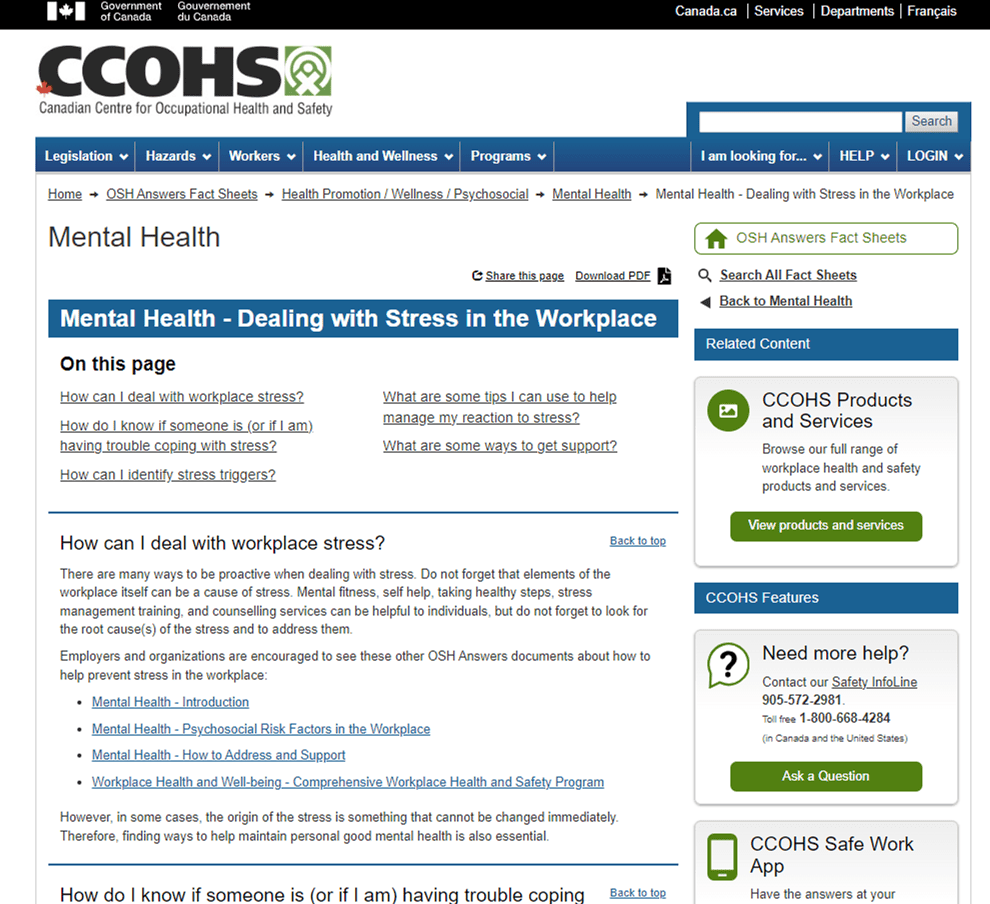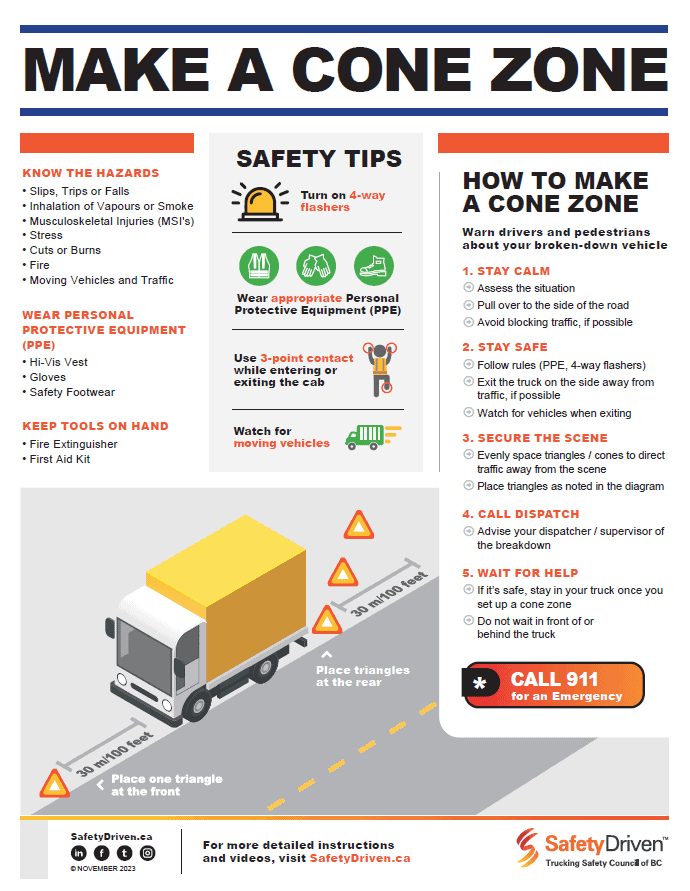Summer is Coming – How to Protect Yourself from UVA Rays
Prevention is the best protection. 3 Things you can do.
Yeah, okay, so it doesn’t really feel much like summer right now with this overly cold and rainy April we’ve been experiencing, but if the idiom is true, April showers will give way to May flowers (hopefully!).
With warmer weather comes lighter clothes; shorts, t-shirts and flip-flops, and days at the beach, pool or on the water.
Protecting yourself from the sun’s harmful rays starts to become serious business. Long gone are the days when we’d spread ourselves with oil or butter and bake in the sun. We now know that can have detrimental effects:
1. More sun = higher risk of skin cancer. According to the Canadian Cancer Society, UV rays are the cause of 90% of skin cancers. The best prevention? Protecting your skin from the sun’s damaging effects.
2. Painful sunburns. Yeah, we’ve all had one. Hot, painful, burning and itchy, and just as bad when they start to heal and you start to peel! Below the surface, UVA rays actually penetrate the skin and begin to affect our DNA, causing damage that could last long-term.
3. Sun exposure linked to signs of aging. In 2012, the New England Journal of Medicine published an article about a patient who presented with an odd condition: the 69-year-old man had a face that looked fairly smooth and unwrinkled on one side, and extremely wrinkled and aged on the other. It turned out he had been a truck driver for more than a quarter of a century, and the side of his face that faced the window (and therefore got more sun) aged much faster than the side of his face that did not. While the windshield of your car or truck will block UVB rays, it won’t block UVA rays, so the possibility of damage (especially over the long term) is still there.
What about Vitamin D? Our bodies need Vitamin D to help build strong bones and muscles, and while it’s available through our diets (through fish and eggs), the best source of Vitamin D is UVB rays (yes, the same ones that cause Cancer). By protecting yourself against UVB rays, you are also, to some degree, blocking Vitamin D absorption.
But it doesn’t actually take that much sunlight for our bodies to get the required amount of Vitamin D. 10-15 minutes of sun exposure should do the trick, and many of us get that just going about our daily lives.
What about chemicals? Our skin is our largest organ, and we absorb many toxins and pollutants through it. Applying these toxins directly to our skin seems foolhardy. The good news is, you don’t have to sacrifice sun safety for toxic chemicals. The most concerning of all these chemicals is one called Oxybenzone, which can cause allergic reactions in the short term, and hormonal disruptions in the long term. Look for sunscreens that feature Zinc Oxide and Titanium Dioxide, as they create a protective layer on your skin that repels harmful UV rays.
But I have dark skin! While it’s true that darker skin tones contain higher percentages of melanin, and will not burn as quickly, darker skin still needs to be protected. You may not burn as fast as someone with fair skin, but you will burn eventually.
How can you be sun safe? Protect yourself using the following methods:
• Cover up. Wear a hat, long sleeves, or seek protection in shade.
• Use sunscreen every day. Many dermatologists recommend SPF 30 for daily usage, but if you are out in the sun, you’ll need to reapply often, especially after swimming or sweating.
• Be aware of the warning signs. Pay attention to moles that are changing; growing, becoming asymmetrical or whose borders are blurring, and if in doubt, get it checked out.
So play it sun-safe this summer. An ounce of prevention (or sunscreen) is worth a pound of cure, as the old saying goes!
Latest Resources
Mental Health – Dealing with Stress in the Workplace
Canadian Centre for Occupational Health and Safety (CCOHS)Visit the Canadian Centre for Occupational Health and Safety (CCOHS) website for reso ...

